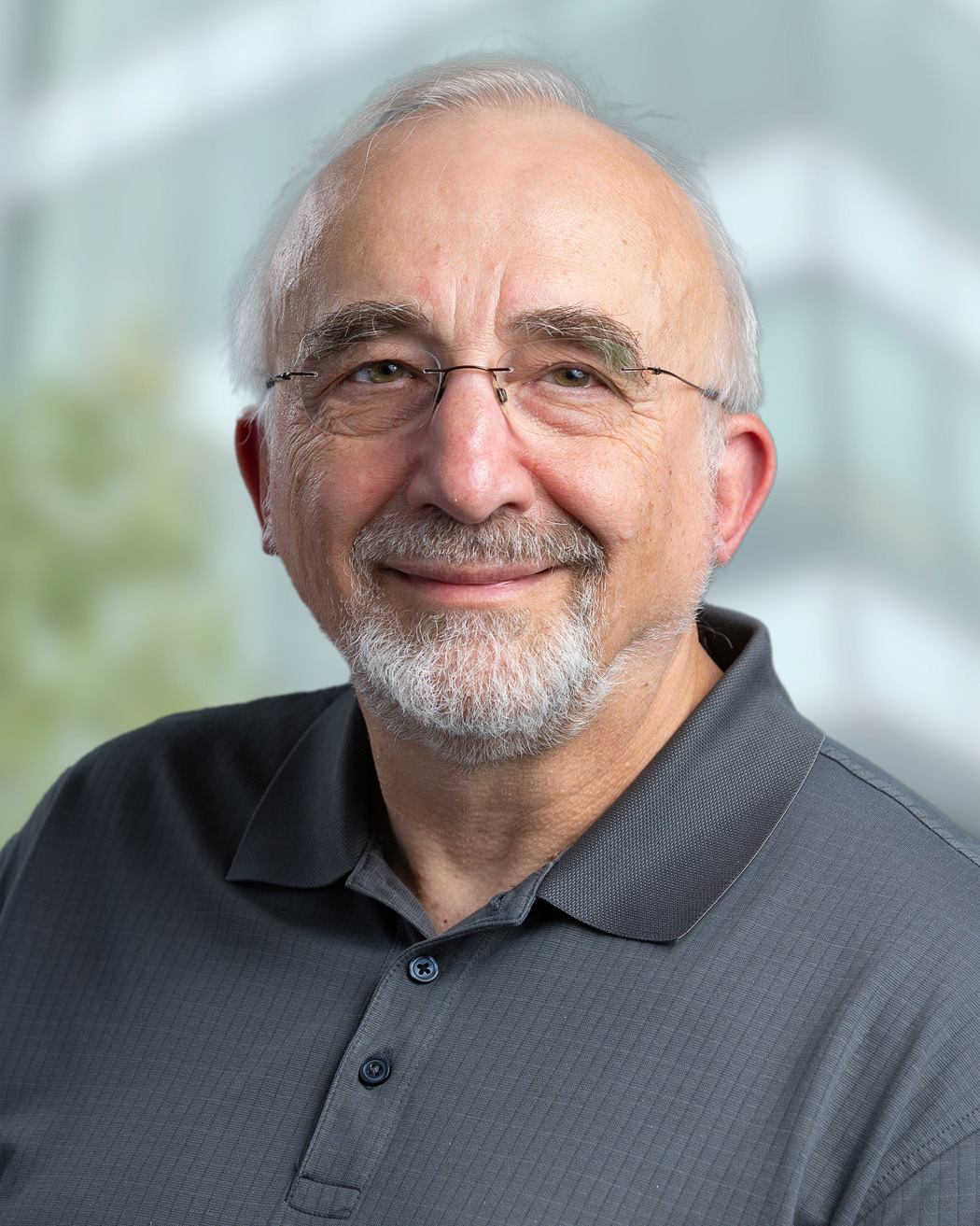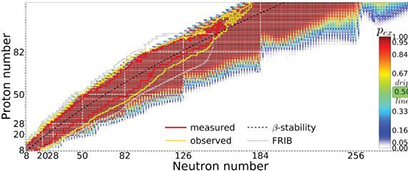
John A. Hannah Distinguished Professor of Physics
Joined the laboratory in 2014
Education and training
- MS, Engineer in Technical Physics and Applied Mathematics Warsaw University of Technology, 1977
- PhD, Physics, Institute for Nuclear Research, Warsaw, 1981
Research focus
- Theoretical nuclear physics
Contact information
Links
Research
Atomic nuclei comprise 99.9% of all baryonic matter in the Universe, and they are both the core of matter and the fuel of stars. Nuclei are self-bound collections of protons and neutrons (nucleons) that interact through forces that have their origin in quantum chromo dynamics. The complex nature of the nuclear forces among protons and neutrons yields a diverse and unique variety of nuclear phenomena, which form the basis for experimental and theoretical studies. Developing a comprehensive description of all nuclei, a long-standing goal of nuclear physics, requires theoretical and experimental investigations of rare atomic nuclei, i.e. systems with neutronto- proton ratios larger and smaller than those naturally occurring on earth. The main area of my professional activity is the theoretical description of those exotic, short-lived nuclei that inhabit remote regions of nuclear landscape. This research invites a strong interaction between nuclear physics, interdisciplinary, many-body-problem, high-performance computing, and applied mathematics and statistics. Key scientific themes that are being addressed by my research are captured by overarching questions:
- How did visible matter come into being and how does it evolve?
- How does subatomic matter organize itself and what phenomena emerge?
- Are the fundamental interactions that are basic to the structure of matter fully understood?
- How can the knowledge and technological progress provided by nuclear physics best be used to benefit society?

FRIB is a world-leading laboratory for the study of nuclear structure, reactions and astrophysics. Experiments with intense beams of rare isotopes produced at FRIB will guide us toward a comprehensive description of nuclei, elucidate the origin of the elements in the cosmos, help provide an understanding of matter in neutron stars, and establish the scientific foundation for innovative applications of nuclear science to society. FRIB will be essential for gaining access to key regions of the nuclear chart, where the measured nuclear properties will challenge established concepts, and highlight shortcomings and needed modifications to current theory. Conversely, nuclear theory will play a critical role in providing the intellectual framework for the science at FRIB and will provide invaluable guidance to FRIB’s experimental programs.
Biography
I was raised in Warsaw, the capital and largest city of Poland. I first became interested in physics in high school, where I was fortunate to have an amazing physics teacher. She was a passionate educator who taught me the basic steps to solve physics problems. Later, when I attended the Warsaw University of Technology and Warsaw University, I had outstanding mentors who later became close friends and collaborators. They taught me how to be curious, how to find answers by connecting the dots, and how to enjoy research. My teachers made me who I am today.
At FRIB, I deal with various issues related to science. Before joining MSU in 2014, I served as the scientific director of the ORNL Holifield Radioactive Ion Beam Facility. and I was a Professor in Physics at the University of Tennessee and Warsaw University (Poland). I held several visiting positions, including professorships at Lund University (Sweden), University of Cologne (Germany), Kyoto University (Japan), University of Liverpool (England), University of the West of Scotland, Vanderbilt University, and Peking University (China).
How students can contribute as part of my research team
There is a nucleus in every atom. Atoms, in turn, make up matter—the stuff we interact with every day. But the atomic nucleus is still shrouded in mystery. As a nuclear theorist, I want to know what makes the atomic nucleus tick. My group's research provides a superb venue for the important mission to educate and train the next generation of scientists, who will play key roles not only in basic research itself but also in numerous allied fields. The group is cosmopolitan: it includes people from many different countries from several continents. Students are engaged in cutting-edge research that involves both analytic theory and high-performance computing, using modern computational techniques such as machine learning and the statistical tools of uncertainty quantification.
Scientific publications
- The lessons learned from ephemeral nuclei, W. Nazarewicz and L.G. Sobotka, Phys. Today 78, 30 (2025).
- The quest for superheavy elements and the limit of the periodic table, Odile Smits, Christoph E. Duellmann, Paul Indelicato, Witold Nazarewicz, and Peter Schwerdtfeger, Nat. Rev. Phys. 6, 86 (2024).
- Colloquium: Machine Learning in Nuclear Physics, A. Boehnlein, M. Diefenthaler, C. Fanelli, M. Hjorth-Jensen, T. Horn, M. P. Kuchera, D. Lee, W. Nazarewicz, K. Orginos, P. Ostroumov, L.-G. Pang, A. Poon, N. Sato, M. Schram, A. Scheinker, M. S. Smith,X.-N. Wang, V. Ziegler, Rev. Mod. Phys. 94, 031003 (2022).
- The limits of nuclear mass and charge, W. Nazarewicz, Nature Phys. 14, 537 (2018).
- Challenges in Nuclear Structure Theory, W. Nazarewicz, J. Phys. G 43, 044002 (2016).

